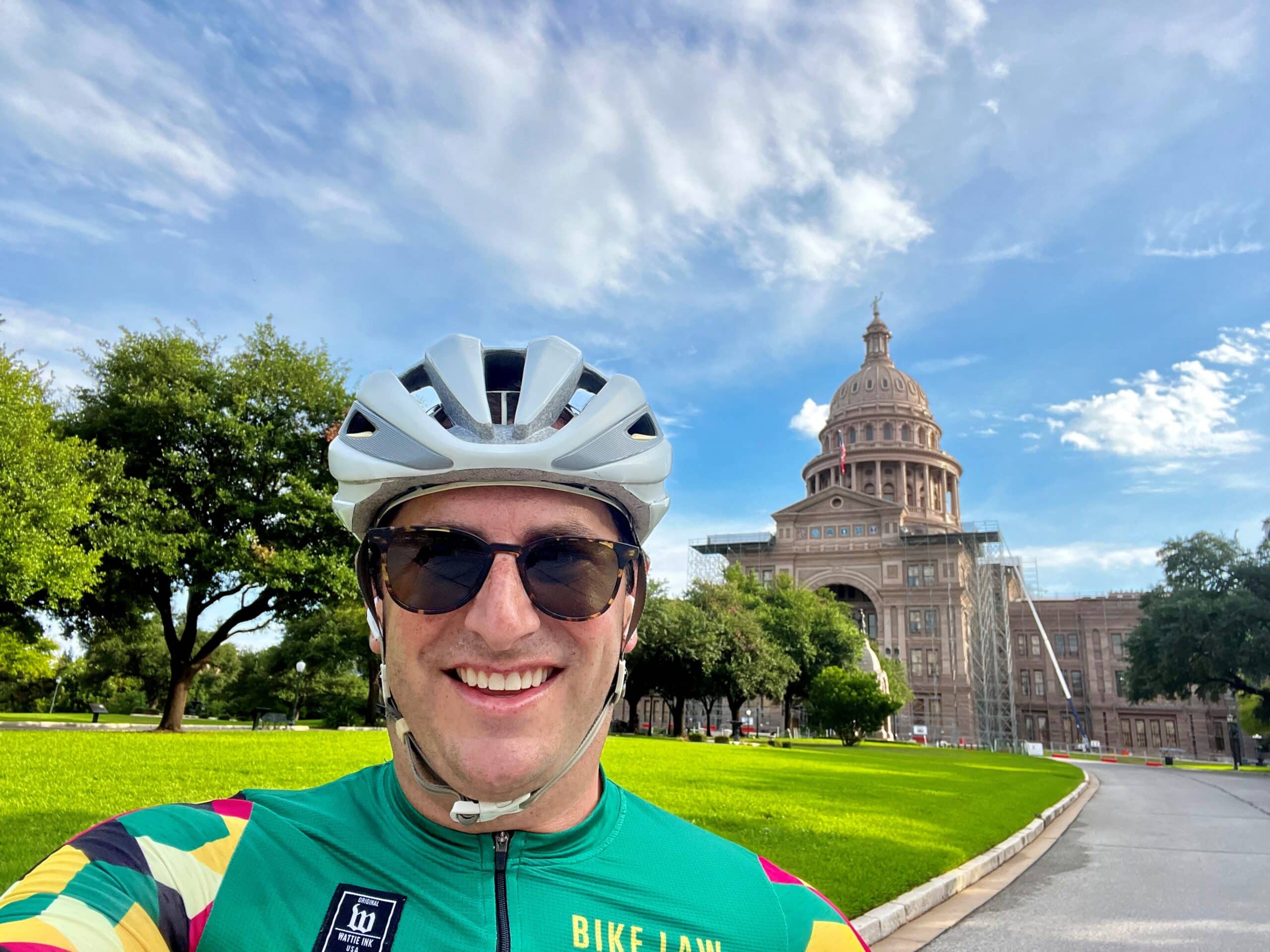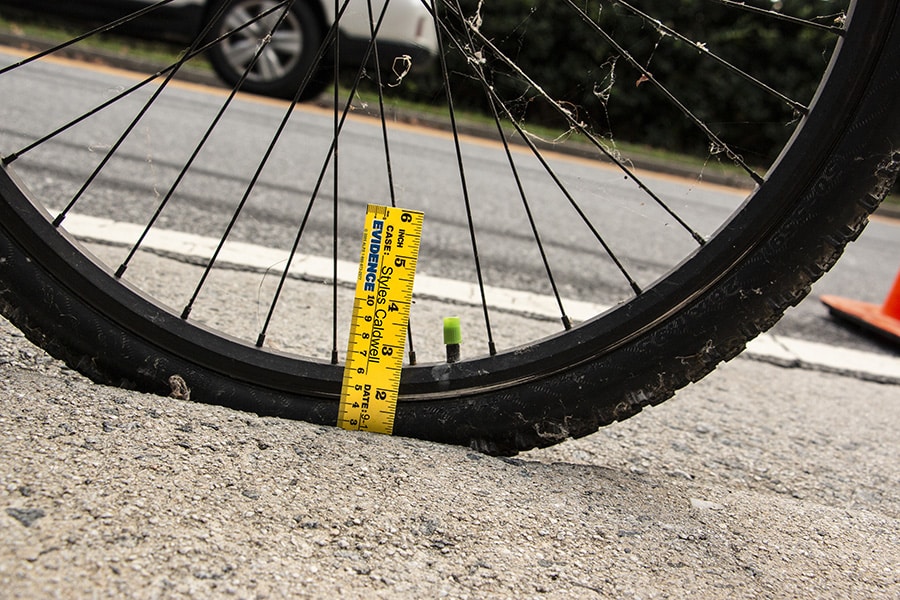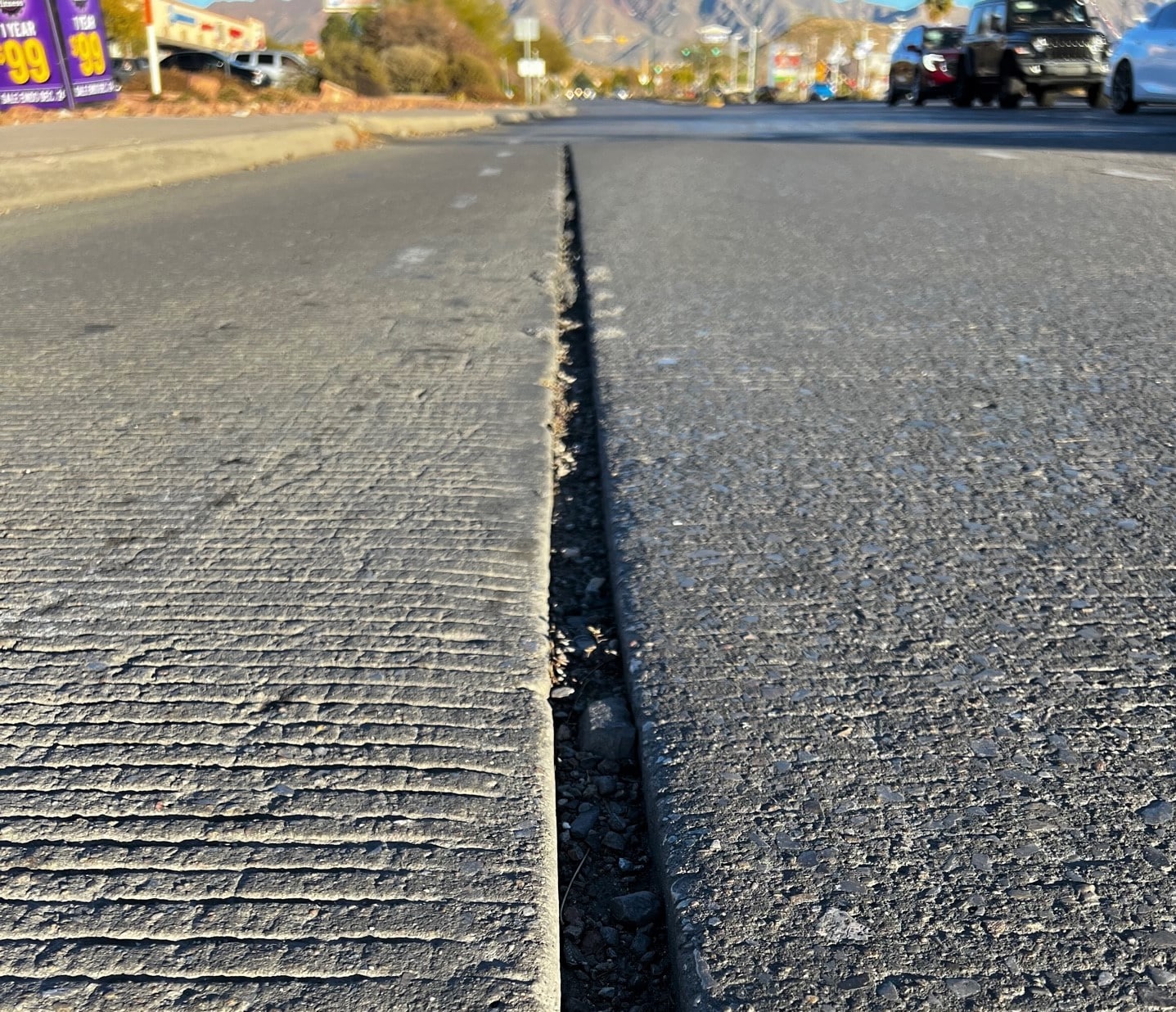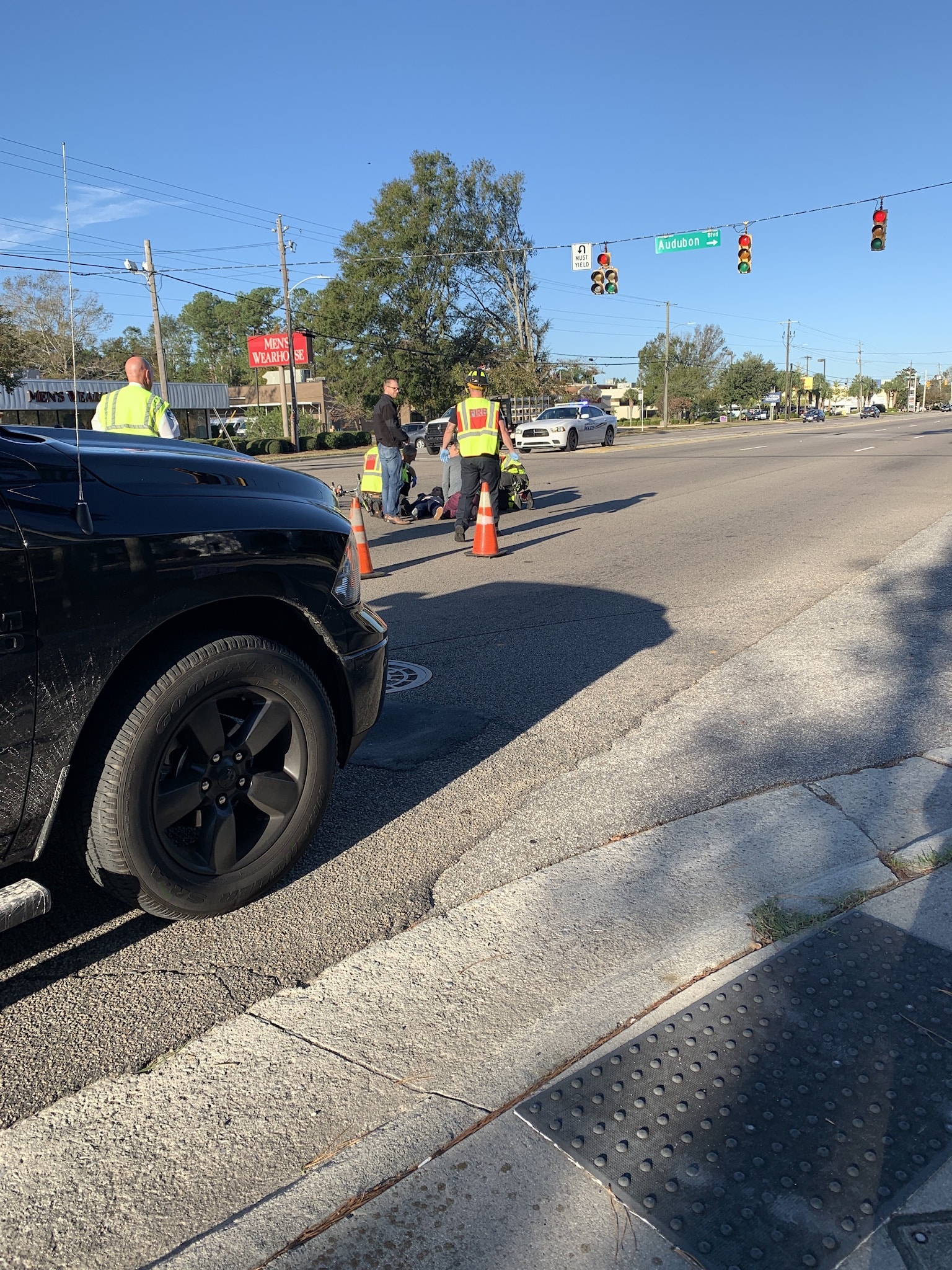Out Of Tragedy, Halting Steps Towards Protecting Vulnerable Users
Gerald Apple was returning home from a ride. One left turn, and he would be in his driveway. But as he began turning, a driver coming up behind him passed Gerald on the left, hit Gerald, and knocked him into a drainage ditch in front of his home. Miraculously, Gerald wasn’t killed, but he suffered a severe brain injury. He lingered for months, but in February of this year, Gerald finally passed.
In her article “Personalizing the Consequences of Bicycle Crashes- The Gerald Apple Story,” Ann Groninger of Bike Law North Carolina recently recounted the heartrending story of how Gerald’s wheelchair-bound wife battled with unsympathetic care providers and an insurance company that refused to pay for Gerald’s health care, while her husband struggled to stay alive. Would Gerald still be with us today, if he had received the care he needed, instead of the cold shoulder? One can only wonder. But one thing is certain—had Gerald’s insurance covered the care he needed, his wife wouldn’t be faced with hundreds of thousands in unpaid medical bills today.
Gerald’s story caught my attention as an Oregon bicycle accident lawyer, because the circumstances of his collision were so similar to a crash that happened here in Oregon in 2007. It was June 9th, a Saturday. Timothy O’Donnell, 66, was on a ride with four other cyclists from the Portland Velo Cycling Club. They were about to make a left turn, with O’Donnell in the lead. O’Donnell had signaled ad begun his turn, when he was struck by a car that attempted to pass him on the left. O’Donnell died at the scene.
The Portland cycling community’s grief soon turned to outrage, when we learned that the driver who killed O’Donnell—Jennifer Knight, then 26—had had her Oregon Driver’s License suspended for failure to appear on a ticket for driving without insurance. With her Oregon license suspended, Knight then moved to Idaho to get an Idaho license. And then, just 6 days before she crashed into O’Donnell, she caused a collision in Idaho by failing to yield to another vehicle, and was cited by investigators for inattentiveness. The day she crashed into O’Donnell, Knight, now returned to Oregon, was driving on a still-suspended Oregon license.
And yet despite the circumstances, the driver was facing a maximum fine of $1,142. The prosecutors charged her with driving with a suspended license, careless driving, and passing in a no passing zone. Knight pleaded “no contest” to the charges, and mailed in her fine in monthly installments, all without ever having appeared before a judge. But for taking O’Donnell’s life, there would be no charges filed. Knight wouldn’t pay one penny, and wouldn’t serve one minute in jail, for carelessly taking O’Donnell’s life. Yet another dangerous driver had escaped appropriate charges and penalties for taking a human life.
But if there was a silver lining in this cloud, it was what O’Donnell’s untimely passing led to. Bicycle safety legislation had recently been introduced in the Oregon Senate, and the Bicycle Transportation Alliance had been working tirelessly to gather the necessary support for this bill. One more vote was needed to get it through the Senate. With Tim O’Donnell’s passing at the hands of a dangerous driver fresh on everybody’s minds, and with the strong and unceasing lobbying support of Tim’s widow, Mary, the bill gained the necessary support, and went on to become Oregon’s Vulnerable User Law—the first law of its kind in the nation.
Under the then new law, careless drivers who killed or seriously injured a “vulnerable user” (a class of roadway users that includes not only cyclists, but pedestrians, equestrians, and farm vehicle operators) would be subject to completing a traffic safety course, performing between 100 and 200 hours of community service, paying a fine of up to $12,500, and having their license suspended. No longer would drivers who take a life face nothing more than a paltry fine. No longer would a driver be able to mail it in, without even having to go to court and face a judge.
But while Oregon cyclists were glad to have the new law on the books, they also realized its serious limitations. While the law imposes an enhanced fine of up to $12,500, a careless driver can completely avoid the enhanced fine by completing the traffic safety course and community service. So really, what the Vulnerable User law is saying is that a careless driver who seriously injures or kills a vulnerable user must complete a traffic safety course, community service, and must have their license suspended. It’s not a bad law, but it’s not nearly as strong a deterrent to careless driving as it might appear at first glance.
And yet even Oregon’s lukewarm Vulnerable User law is “too tough” for some state legislatures. Recently, legislators in my old home state of Wisconsin passed a thoroughly watered down version of a Vulnerable User law, completely removing the enhanced penalty of $10,000 and a 9-month jail term from the law before they would even vote on it. They apparently didn’t want to crack down too hard on careless drivers who kill.
But then again, neither does the Oregon Legislature. Shortly after Oregon’s Vulnerable User law was passed, bicycle advocates, fully aware of its shortcomings, pushed to get a vehicular homicide bill through the state legislature. The vehicular homicide bill failed in 2009. Today, Oregon remains one of four states with no vehicular homicide law on the books—and that needs to change.










